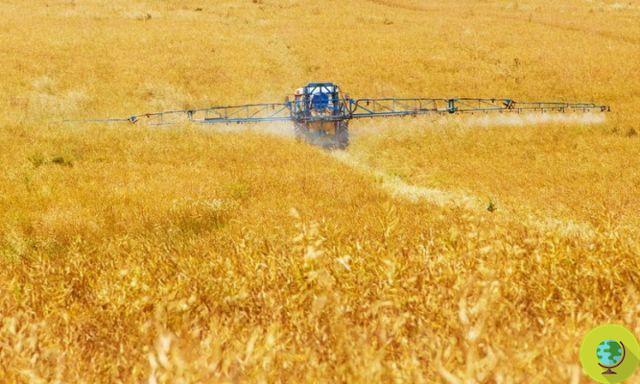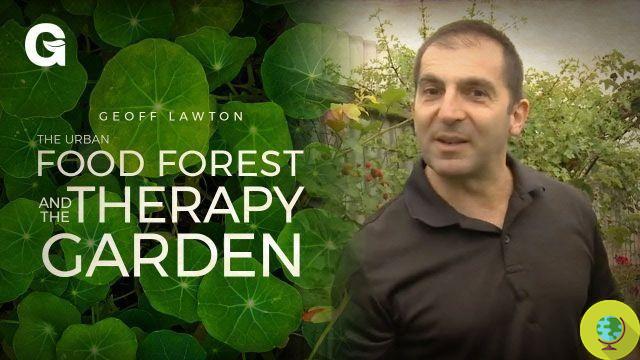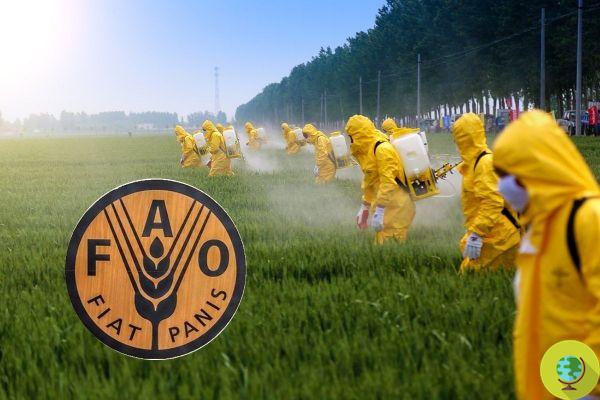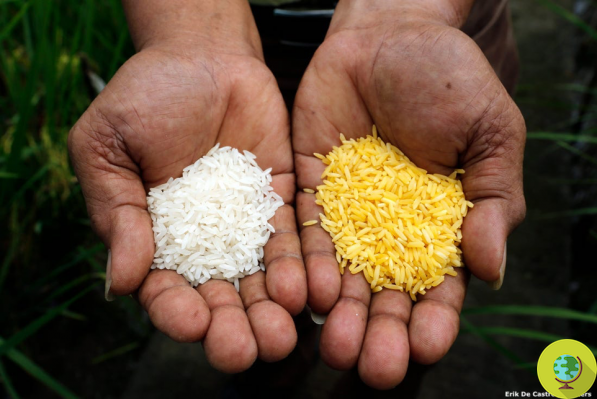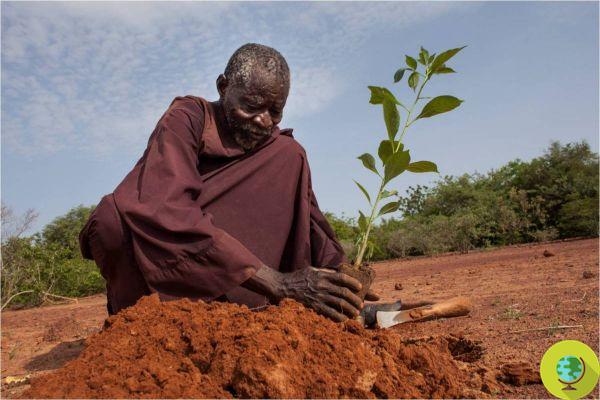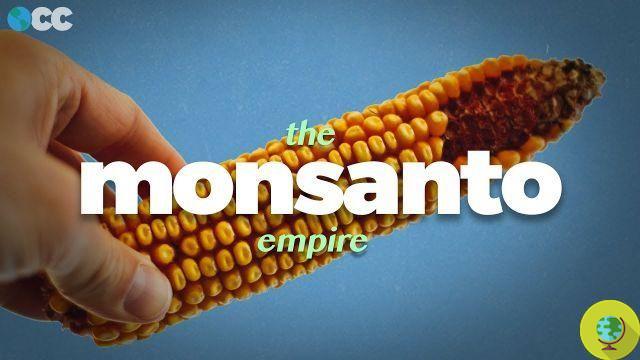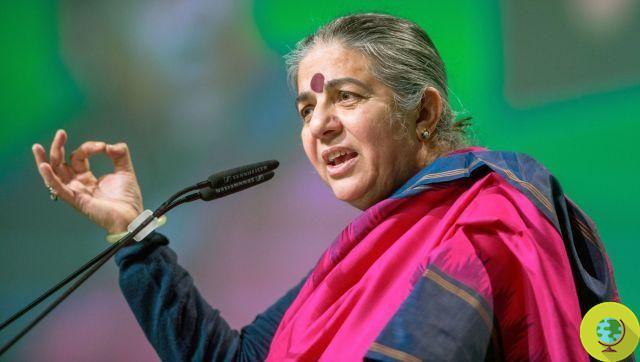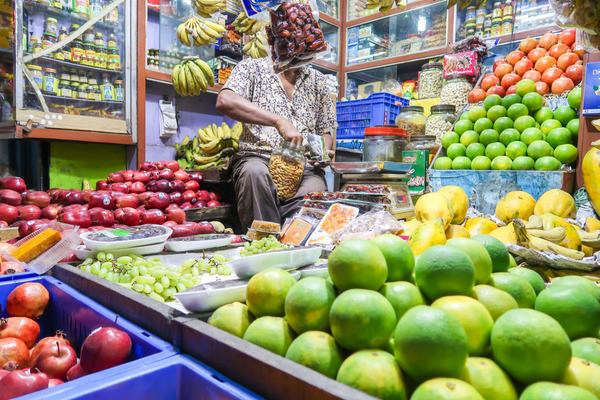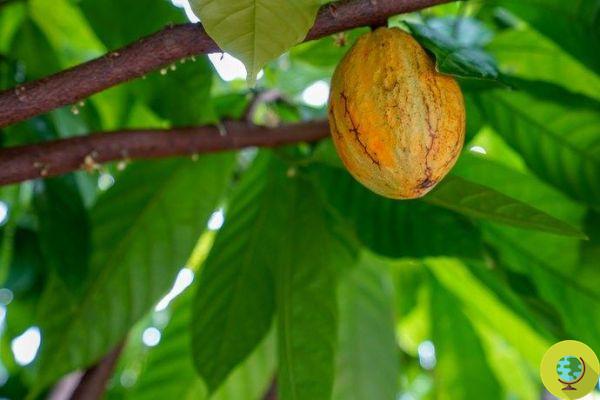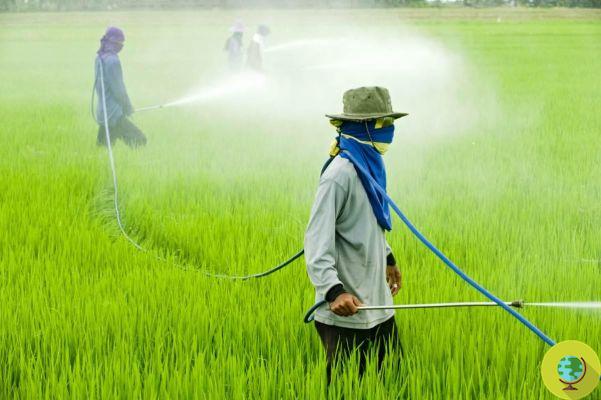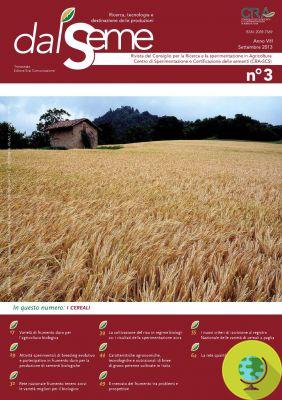
System of Rice Intensification. In India there is a real revolution in rice cultivation. More and more farmers are giving up on GMOs and rely on the System of Rice Intensification (SRI) method, which guarantees crop yields four times higher than conventional crops.
He is about to end up run over, his mother saves him
In India a real one is in place revolution in rice cultivation. More and more farmers are giving up GM and they rely on the method System of Rice Intensification (SRI), which guarantees crop yields four times higher than conventional crops.
Last year we told you about the case of Kumar, a young farmer from the district of Nalanda, in Bihar, which thanks to the SRI method has been able to obtain over 22 tons of rice per hectare. Other inhabitants of the area had reached 17 tons or had at least doubled the yields of previous harvests.
Now the System of Rice Intensification spreads and reaches further goals. The new national record it's up to Sethumadhavan, farmer from Alanganallur in the South Indian state of Tamil Nadu. , which thanks to the SRI it has collected 24 tons of rice per hectare.
For a long time this cultivation method was neglected by academics and received no cash support, mainly for economic reasons. Now the state of Tamil Nadu aims to double rice yields and triple the earnings of farmers, using the System of Rice Intensification and preferring organic fertilizers to inorganic ones.
The SRI method has been developed for over 30 years by small farmers in at least 20 countries. It sees at its center the improvement of soil management, water and nourishment of crops and the renunciation of genetic modifications of seeds, which have been the primary focus of scientific research for decades.
This technique allows you to use far fewer seeds than expected and to transplant the rice into the fields when the seedlings are still very young, at a greater distance than the rice fields. To improve the quality of the soils, organic fertilizers are mainly used. The cultivation system would guarantee extraordinary results. Sethumadhavan used to reach the new record non-GMO rice and a mix of natural and chemical fertilizers. Although the chosen rice belonged to a very productive variety, yields should not have exceeded 6 tons per hectare. The average yield of most types of rice is 3 tons per hectare.
The technique was developed in Madagascar 30 years ago. According to the SRI International Network and Cornell University Resources Center, the method has been adopted by at least 9,5 million farmers in Cambodia, China, India, Indonesia, Vietnam and other rice producing countries. For the government of Bihar, where thousands of hectares are cultivated in this way, yields exceed at least 40% those of conventionally grown rice.
Compared to rice fields, the System of Rice Intensification requires a minimum amount of water, does not involve greater economic expenditure and does not require the purchase of GMO seeds. To grow rice in this way, a greater physical effort is required and, as for the machinery, only special equipment is used to remove weeds. The solution for better yields, to guarantee higher earnings to farmers and for feed the population it would therefore reside in the application of a technique hitherto little considered and much criticized by agribusiness.
Marta Albè
Photo source: oxfamamerica.org
Read also:
India, the rice revolution: record yields without GMOs
GM cotton: Monsanto seeds banned in India after bad harvests of BT Cotton




